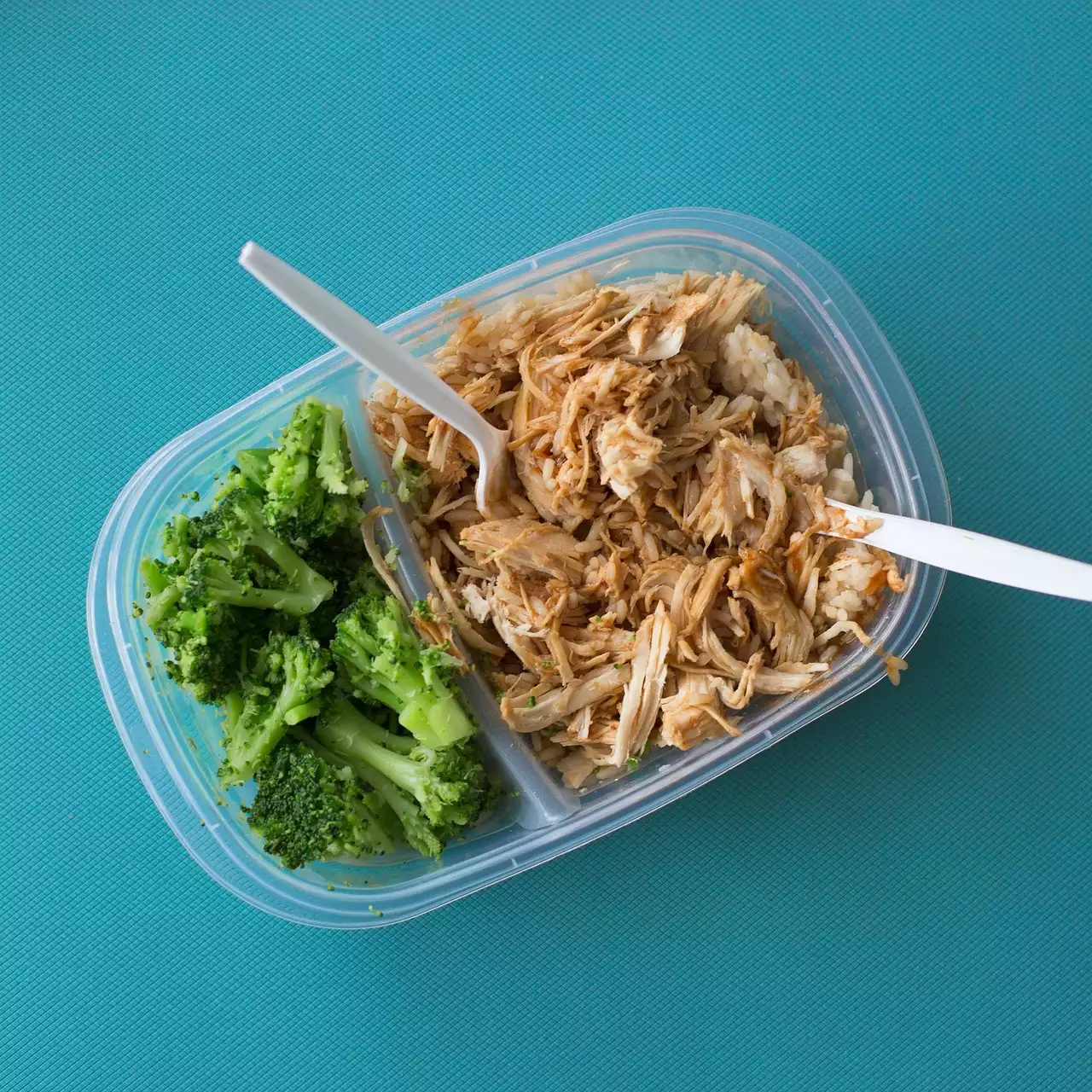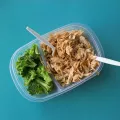Packing a zero waste lunch is not only good for the environment, but it can also be good for your health and wallet. By reducing the amount of waste you produce and eating more nutritious, home-cooked meals, you can make a positive impact on your life and the planet. This comprehensive guide will provide you with the information you need to start packing a zero waste lunch, including essential equipment, shopping tips, preparation tricks, and common mistakes to avoid.
II. Benefits of Packing a Zero Waste Lunch
Environmental Benefits
Packing a zero waste lunch is an excellent way to reduce your environmental impact. By bringing your own food in reusable containers and avoiding single-use packaging, you can significantly reduce the amount of waste you produce. This helps to conserve resources, reduce pollution, and decrease the amount of waste that ends up in landfills.
Health Benefits
In addition to being good for the environment, packing a zero waste lunch can also have positive health benefits. When you bring your own food to work or school, you have greater control over what you eat. This means you can choose healthier, more nutritious options that are tailored to your specific dietary needs. Eating a balanced diet that includes fresh fruits, vegetables, and lean proteins can help you maintain good health and avoid the risks associated with unhealthy, processed foods.
Financial Benefits
Packing a zero waste lunch can also save you money in the long run. By avoiding the high costs of takeout or vending machine snacks, you can reduce your food expenses and put that extra cash towards other important things in your life. Additionally, investing in reusable containers, utensils, and drinkware can save you money in the long run, as you won't have to continually replace single-use items.
III. Essential Equipment for a Zero Waste Lunch
Reusable Containers
The first step in packing a zero waste lunch is to invest in reusable containers. These containers can be used to store your food, drinks, and snacks and should be made from durable materials that can withstand repeated use. Some popular options include stainless steel containers, glass containers with leak-proof lids, and BPA-free plastic containers. When choosing containers, look for ones that are easy to clean, dishwasher safe, and stackable for easy storage.
Reusable Utensils
In addition to containers, you'll also need reusable utensils. Rather than using disposable plastic utensils, consider purchasing a set of reusable utensils made from durable materials such as stainless steel, bamboo, or silicone. These utensils can be used over and over again, reducing the need for disposable options that contribute to waste.
Reusable Drinkware
Another essential item for a zero waste lunch is a reusable drink container. Whether you prefer a water bottle, coffee mug, or a reusable straw, there are many options available that can help you avoid single-use plastic containers. Look for drink containers made from durable materials such as stainless steel, glass, or BPA-free plastic and make sure they have leak-proof lids to prevent spills.
IV. Shopping for a Zero Waste Lunch
Plan Ahead
To ensure a successful zero waste lunch, it's important to plan ahead. Start by making a list of the foods you want to include in your lunch, such as fruits, vegetables, grains, proteins, and snacks. Then, create a shopping list based on your meal plan and purchase everything you need in bulk to reduce packaging waste. If possible, shop at bulk food stores or bring your own reusable bags and containers to the grocery store.
Choose Fresh and Unprocessed Foods
When shopping for your zero waste lunch, opt for fresh and unprocessed foods whenever possible. These foods are typically more nutritious and will help you avoid the chemicals and preservatives found in processed foods. Choose in-season produce, such as berries, apples, and leafy greens, and look for bulk bins of grains, nuts, and dried fruit.
Bring Reusable Bags and Containers
To reduce waste and make shopping more convenient, bring reusable bags and containers with you to the grocery store. This will help you avoid single-use packaging and keep your food fresh and organized.
V. Preparing a Zero Waste Lunch
Prepare Food in Advance
To make packing a zero waste lunch as easy as possible, prepare your food in advance. Cook extra portions of your favorite meals and store them in the refrigerator or freezer for later use. This way, you'll have a variety of healthy options to choose from when you're ready to pack your lunch.
Pack a Variety of Foods
When preparing your zero waste lunch, be sure to include a variety of foods to ensure a balanced meal. This might include a mix of fruits and vegetables, a source of protein, and a whole grain. To make your lunch more interesting, try adding different condiments, spices, and herbs to give your food flavor and texture.
Avoid Single-Use Packaging
One of the key components of a zero waste lunch is avoiding single-use packaging. Instead of using disposable bags, wraps, and containers, opt for reusable alternatives. For example, you can use reusable silicone bags or containers with leak-proof lids to store your food. You can also use reusable beeswax wraps instead of disposable plastic wrap to keep your food fresh.
VI. Common Mistakes to Avoid
Forgetting to Pack Reusable Utensils
One common mistake when packing a zero waste lunch is forgetting to bring reusable utensils. To avoid this, make sure to pack your utensils with your lunch each day, so you always have them on hand.
Not Planning Ahead
Another mistake to avoid is not planning ahead. To ensure a successful zero waste lunch, it's important to plan your meals in advance and make sure you have all the necessary ingredients and equipment. This will help you avoid the temptation of takeout or vending machine food, which is often packaged in single-use containers.
Not Packing a Variety of Foods
Finally, make sure to pack a variety of foods in your zero waste lunch. Eating the same thing every day can quickly become boring and may lead you to opt for unhealthy, processed foods. To avoid this, try to mix things up by incorporating different fruits, vegetables, proteins







